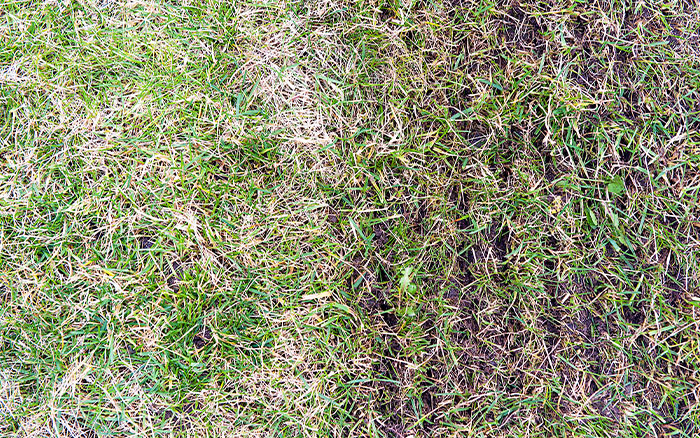Autumn is the perfect time to give your lawn some TLC. The growth of the grass has slowed, and the lawn is starting to go dormant for winter. Therefore, it can be scarified to help it grow back stronger next spring. Find out how in this blog.
Why scarify your lawn
Lawns have to work hard for their keep during the year. Autumn is a great time to carry out annual maintenance to help keep it in tip-top condition.
To improve the health and growth of your lawn, now you can remove built-up dead plant material and matted grass that will have accumulated over the year. This is known as scarification.
This assists the health of the lawn by avoiding competition with other plants like moss. Also, it provides more access to water and moisture in the soil itself, improving the lawn’s overall health.

What you’ll need…
- Wire Leaf rake
- Trug
- If the lawn area is large, it’s possible to hire a machine called a scarifier
How to scarify your lawn
If using the leaf rake, move it up, down and across the lawn using long, confident strokes. Make sure the tines of the rake contact the grass.
This will dislodge dead strands of grass and debris. Then, these should be collected and placed on the compost pile, or into a green waste recycling bin.
If using a scarifier, before doing so, mow the lawn first to a height of 3cm. Then, make sure the blades on the scarifier are set at a height to lightly skim the soil.
Ensure they penetrate the ground to a depth of no more than 3mm.
Don’t be alarmed if, after scarification, the grass looks bleached and brown.
This will soon disappear as the newly invigorated grass regenerates over the early weeks of spring.

Top Tip
After scarifying, top dress the grass by sprinkling a thin layer of sand or finely sieved, peat-free compost.

Leave A Comment